|
Some information about some of the boats that were in the installation. They are made from African cloth called 'gele'. This is the well known Nigerian material used as a head wrap by their women. They are really quite a work of beauty, and I personally believe this can be of the most unique and personal statements of art that Nigerian women all over the world can make so simply. Check out the amazing pics below of the gele.
1 Comment
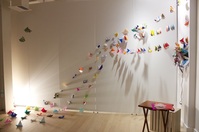 This process is still quite amazing. The more I learn, especially about how the Golden Age of Pirates was woven so tightly with the Atlantic slave trade, the more I can't stop looking. Sea shanties, African songs, dances, music all interchanged with each other because of this intersection. For this site in the Studio Center in Baltimore, MD - it was interesting to adjust to the space - much larger for sure, but such a wonderful challenge to embrace and experiment with, especially in video. My first visual arts show of my graduate school career, I was very eager to learn everything the experience had to teach me. As I continue with this and other installations, I am so excited to see what the social movement of this research provides me - as well as the creative and expressive ways these historical moments manifested themselves. This go around was also interesting because I looked at different creative movements that may have come about or been exchanged between cultures on the seas. I loved looking at the martial art form Capoiera and how it was used to communicate between slaves against the slave masters. I was fascinated by the sea chanties and the sailors jigs as means of staying sharp and nimble with ones voice, feet and fingers in order to stay in the captains good graces. As a movement inquiry into the human spirit during slavery, I was very drawn to moving with the African gele cloth throughout the space. I had used it at the LAMP festival, it was surprisingly hypnotic despite it sharp staccato tones, and provided me much room to create to. I carried it over into this site. What fun! Also, in my research I was not surprised to find out that at some point, many African songs and rhythms interchanged with sailor chanties during this time - and that the governing land colonies could penalize a sailor who sang such a fusion!
 Me working on my first installation of Jenny. *sniff* *sniff* Look at Jenny. she's so little in this pic! Take a look at the finished result - Much love to Chris Sedita for the assistance and to Adejoke Tugbiyele for getting this moment on video. 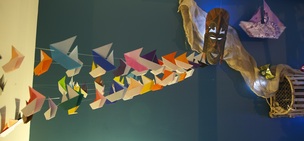 For this particular installation - I was initially toying around with the idea of a shrine in a ships hold. The ship based festival theme lent itself to the strength of the human spirit, and with the happenstance of a wooden lobster catcher I picked up in my programs studio, and me making origami boats - ideas and concepts unfolded themselves towards other things that went on boats like cargo, supplies, people, slaves, servants, etc. The possibilities of cultures and people colliding, not just with me deciding to fold origami paper, African fabric and eventually slave trade routes into boats, but with me looking at the determination of the human spirit through slavery, or migrations, Ellis Island and other events. With the song Pirate Jenny, originally performed by Lotte Lenya and stunningly (and rightfully) reappropriated by Nina Simone, I began to research female pirates. Whoa. Fierce. Fearsome. Beating the odds as gender bending, strategic and militant ladies ruling the seas alongside and even better than men. Pirates in general started to play into the fabric of this work, and the odds they played with on the seas and governing bodies of land. The name sake of this work was a play on the Weill song, as well as a nod to female pirates and pirates in general. Moreover, as the research and work evolved in the beginning stages, I began to wonder if pirates intersected with the Atlantic Slave Trade - hence the part of me folding slave trade routes and origami paper into boats. Once I touched on that - a world opened up to me and the information I found. Can we say all systems go? I felt ready to just jump into the unknown seas of information with movement, culture and research. 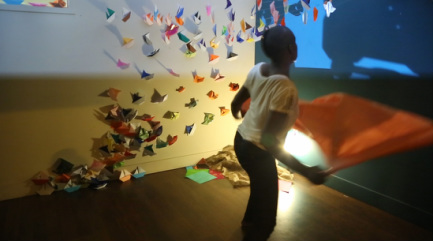 Oh my goodness. Where to begin with this? Jenny.Was.A.Pirate.Hater was literally an idea from the song, Pirate Jenny from Kurt Weill's Three Penny Opera. Picture my first month of graduate school (September, 2013) I was invited to be part of the L.A.M.P festival (Light Artists Making Places) this past October (2013) in New Haven, CT. The theme was based around the Phantom Shippe of New Haven that was rumored to have caved in on itself as it was sighted on New Haven Colony shores many months after its arrival date. Here is the creepy part - apparently, upon it's sighting - the ship was said to have caved in on itself right before it reached the shore. Even creepier - a ghostly lone figure was said to have been at the masthead pointing its sword towards the briny deep before its watery descent. Nevertheless, what stuck out to me was the incredible amount of strength of the human spirit during this challenging time. That and others who were going through incredible challenges during the time of this myth. Probably around the 17th and 18th centuries. Even if the lone figure was a myth - the Ship itself, hailing from England took it's merry time getting there, and I can only imagine what the Captain had to do in order to keep the boat in one piece.
|
Jenny.Blog
Where Jenny. began, where she's been and where she'll go. Oh! everything else in between... Archives
January 2024
Categories
All
|
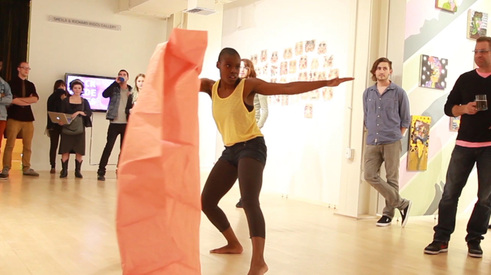
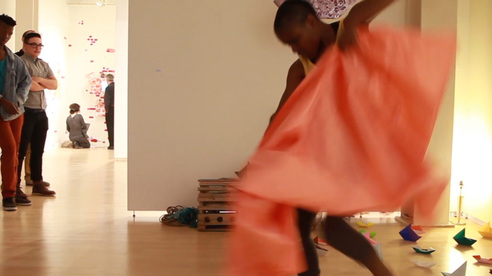
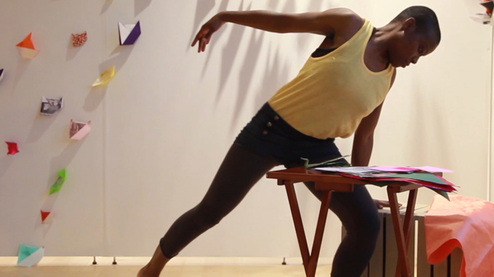
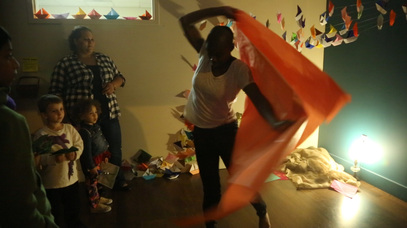
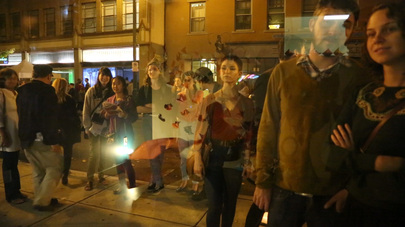
 RSS Feed
RSS Feed